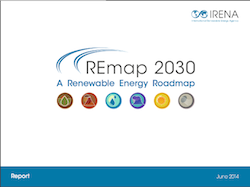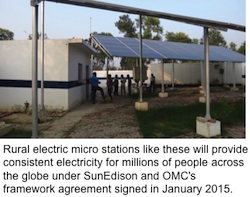 Real farmers from around the country had a chance to ask Agriculture Secretary Tom Vilsack questions during an informal town hall-style meeting at the American Farm Bureau convention this week in San Diego.
Real farmers from around the country had a chance to ask Agriculture Secretary Tom Vilsack questions during an informal town hall-style meeting at the American Farm Bureau convention this week in San Diego.
The last question he took was from a South Dakota farmer who asked about continuation of strong biofuels policy in the United States. Vilsack detailed his continued support for the industry, particularly in the area of exports. “I am a firm believer in the future of the biofuels industry,” he said. “Ethanol production is at record levels…we’re now beginning to see great interest in the export market, not just for ethanol but also for dried distillers grains.”
Beyond the Renewable Fuel Standard, Vilsack said USDA is working hard to encourage the Defense Department to use more biofuels. “They are scheduled this year to begin a process of buying hundreds of millions of gallons of biofuels for jets and ships,” he said.
The last point the secretary made was on the need to update the research on ethanol in particular, especially when it comes to indirect land use. “A lot of the push back to the industry is based on studies that took place 15 years ago, 10 years ago, and there have been enormous increases in productivity of American farmers, that basically suggest the indirect land use calculations are not as accurate as they need to be,” he said.
Listen to the secretary’s comments on biofuels here: Secretary Vilsack at AFBF on biofuels








